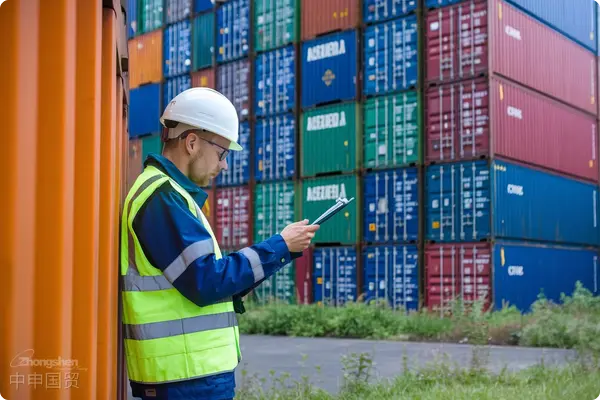- Shanghai Zhongshen International Trade Co., Ltd. - Two decades of trade agency expertise.
- Service Hotline: 139 1787 2118
Recent data released by the Russian Customs Service shows that Russias wine imports in April 2024 reached 62 million liters, nearly double the amount from the same period last year. Data indicates that in the first four months of this year, Russia imported a total of 138 million liters of wine, a 20% increase year-on-year. This surge in imports reflects the strong growth in demand for wine in the Russian market and also reveals some important changes in the international trade landscape.

Italy continues to maintain its position as Russias primary wine supplier, accounting for approximately 30% of Russias total wine imports. Georgia follows closely with 20%, and Spain with 12%. France and Portugal hold market shares of 7% and 5%, respectively. Although Georgia is nominally the second-largest supplier, in reality, a significant portion of the raw materials for winemaking comes from Spain, which are then bottled in the small former Soviet republics of the Caucasus region and exported to Russia.
The surge in Russias wine imports can be attributed to multiple factors. First, the growth in consumer demand is the primary driver. With rising living standards and consumption upgrades, Russian consumers demand for high-quality wines continues to increase. Second, adjustments in international trade policies have also played a role. To ensure stable market supply, Russia has strengthened cooperation with traditional wine-producing countries and increased imports. Additionally, the increase in domestic wine production has also contributed to market activity to some extent.
The Business Newspaper reported that Russian import companies have currently accumulated sufficient wine inventories to meet domestic market consumption needs until February-March 2025. This means that even if imports decrease in the coming period, existing stocks can ensure market supply.
In addition to increased imports, Russias domestic wine production has also grown significantly. Data shows that since the beginning of 2024, Russian winery production has increased by 30% compared to the first four months of 2023. This growth demonstrates significant progress in Russias efforts to enhance its domestic wine production capacity.
Market analysts point out that despite the substantial increase in imports, the Russian wine market still faces some challenges. First is quality control and brand building. While imported wines generally maintain higher quality, domestic wines still need improvement in brand recognition and market acceptance. Second are changes in the international trade environment. Future shifts in global political and economic conditions may impact wine imports, necessitating the establishment of stable supply chains and inventory management mechanisms.
Related Recommendations
? 2025. All Rights Reserved. 滬ICP備2023007705號(hào)-2  PSB Record: Shanghai No.31011502009912
PSB Record: Shanghai No.31011502009912









